Finding a screw in your tire can be a frustrating and stressful experience. It often happens unexpectedly, leaving many drivers in a quandary about how to proceed. Understanding the implications of driving with a screw in your tire is crucial. It not only affects your vehicle’s performance but also poses potential risks to your safety on the road. This guide will explore what steps you should take if you find a screw in your tire, whether it is safe to drive in this condition, and how to handle the situation effectively.
Understanding the Issue
Why Do Tires Get Screws?
Tires are susceptible to picking up screws and other debris on the road. This often happens in areas where construction work is ongoing or near home improvement stores that may have loose material scattered about. Sometimes, urban settings can present risks of encountering road hazards, including nails and screws. The risks are heightened on roadways with heavy traffic, where neglected debris can puncture tires. This reality highlights the importance of being vigilant while driving and ensuring safety in your surroundings.
Impacts of a Screw on Your Tire
When a screw penetrates your tire, it can lead to various problems. In many cases, the damage may not be immediately apparent. Depending on the size of the screw and the location of the puncture, you may experience a slow leak that gradually lowers tire pressure. Various issues can arise from this, including loss of control while driving and potential blowouts if the tire becomes severely compromised. Understanding how a screw affects tire integrity emphasizes the need for prompt action and thorough inspections when such issues occur.
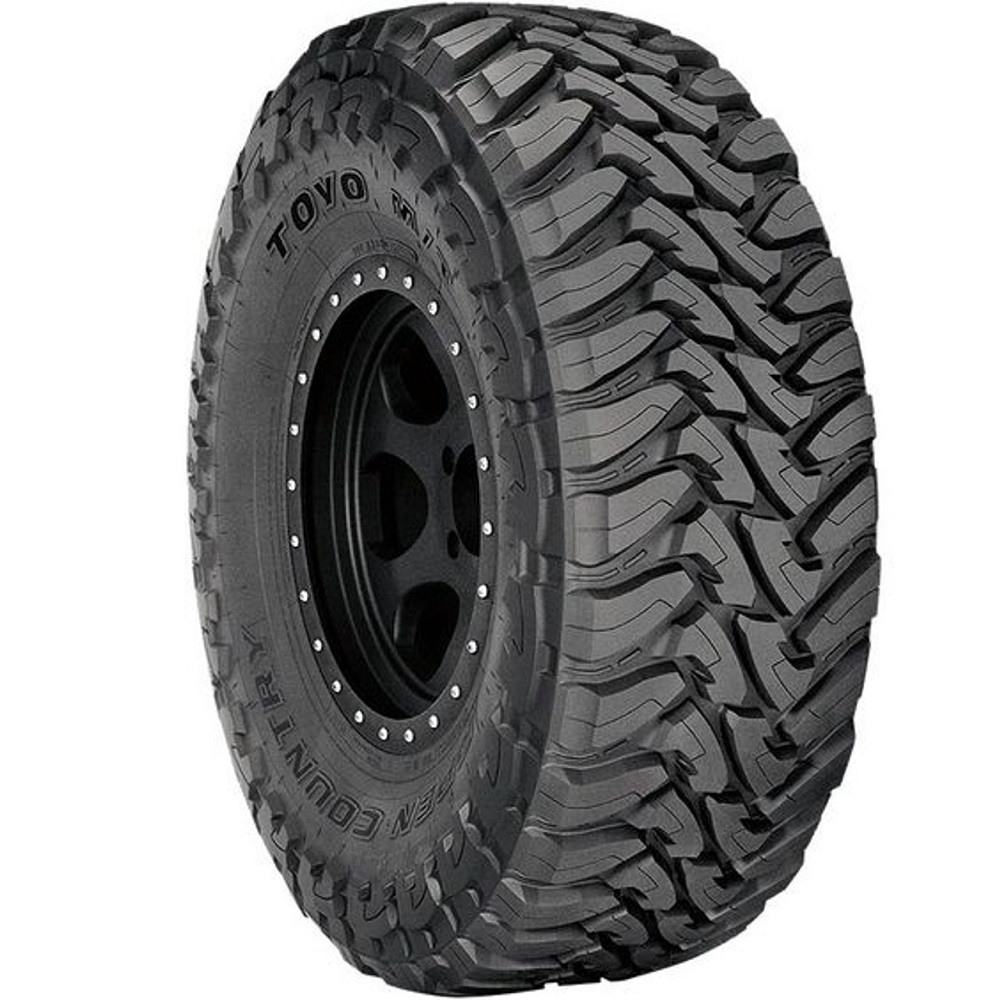
What to Do When You Find a Screw
Assessing the Damage
Upon discovering a screw in your tire, the first step is to assess the damage carefully. To do this safely, find a safe location to pull over, and visually inspect the damaged tire if possible. Look for any visible signs of puncturing and check whether air is escaping. A tire pressure gauge can be invaluable at this stage, helping you measure the current tire pressure. If the tire appears deflated, or if there are any significant leaks, it’s clear that you will need to act quickly to avoid further damage. A thorough inspection allows you to make an informed decision moving forward and take the necessary steps to fix the problem.
Remove the Screw or Leave It
You have two choices when it comes to the screw: remove it or leave it in place. If you are comfortable, you may attempt to remove the screw with pliers. However, be cautious with this approach. Pulling out a screw can lead to a rapid loss of air pressure, making the situation more urgent. In many cases, leaving the screw in place is wiser. This approach might create a temporary seal that slows down air loss until you reach a repair shop. Always prioritize safety and weigh the pros and cons of your actions before deciding how to proceed.
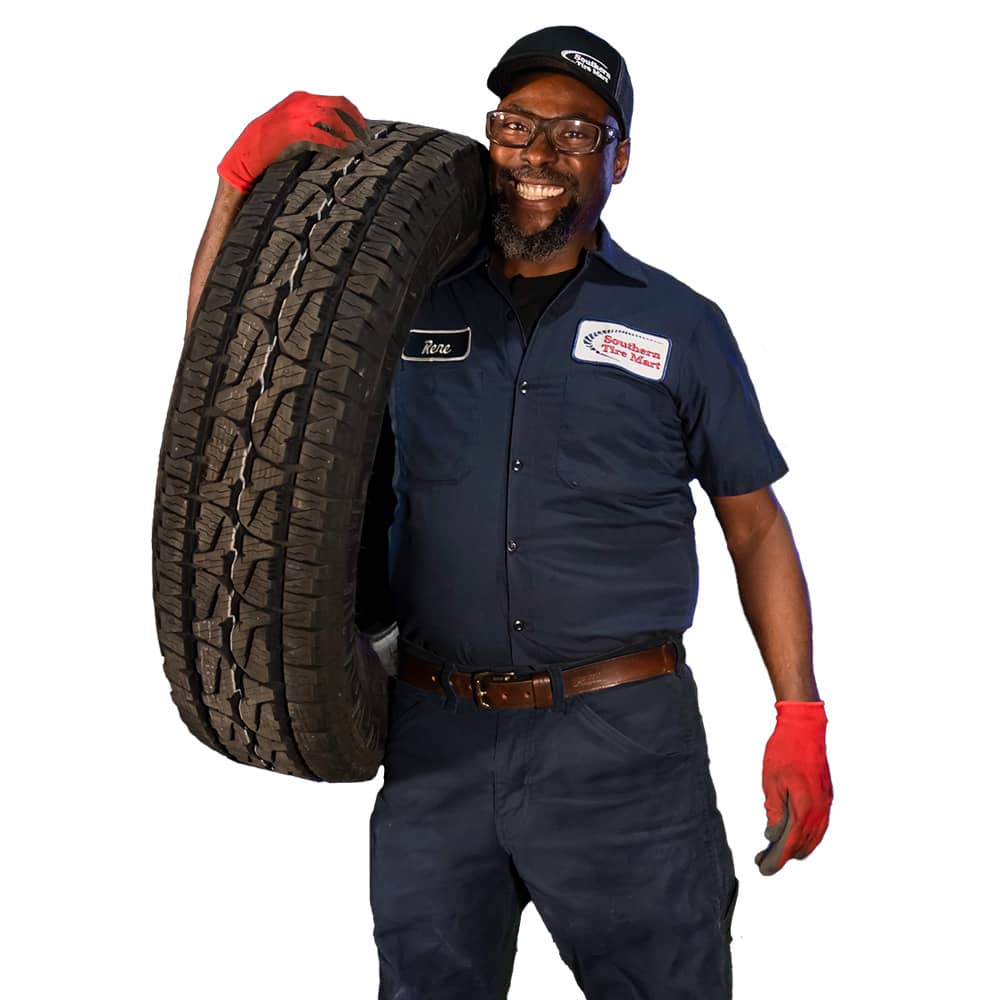
Safety Considerations
Is It Safe to Drive?
Establishing whether it is safe to drive with a screw in your tire requires careful consideration. If you notice a significant air loss, it is unsafe to continue driving. Low tire pressure can lead to a higher risk of tire blowouts and loss of vehicle control. Conversely, if the tire seems intact and fully inflated, you may be able to drive a short distance to a nearby service station. However, it is wise to remain vigilant while driving and monitor how the vehicle feels on the road. If you sense any strange vibrations or difficulty steering, stop driving immediately.
Warning Signs During Driving
While driving, be alert to warning signs that could indicate a tire-related issue. Common symptoms include unusual vibrations, pulling to one side, or a noticeable decline in steering performance. If you experience any of these, do not hesitate to pull over. Paying attention to how your vehicle responds helps ensure your safety. It is much better to err on the side of caution than risk causing greater harm to yourself or others on the road.
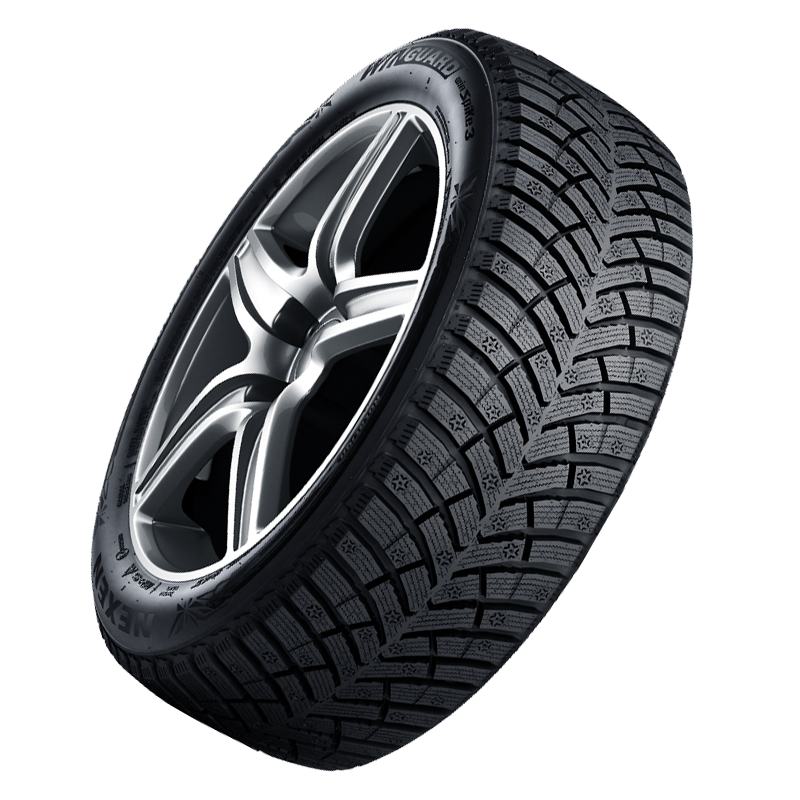
Temporary Fixes for a Screw in the Tire
Tire Sealants
If you need to drive for a short distance and reach a repair shop, consider using a tire sealant as a temporary fix. Many drivers choose to carry a can of sealant in their vehicles for such emergencies. These products can quickly seal small punctures and slow down air leaks. However, this solution should not replace proper repairs, as they are temporary. Be sure to understand the limitations of these products before using them, and remember that professional assistance is necessary for a long-lasting solution.
Using a Tire Repair Kit
For those with some technical knowledge, a tire repair kit can offer a more reliable temporary fix. Most kits come equipped with tools to help clear debris and seal small punctures. If you feel confident using the kit, ensure you follow the instructions carefully for the best results. Many people prefer this method because it allows for more control and effectiveness. However, if you’re unsure, it’s still best to consult a professional. Attempting a repair without knowledge can sometimes create more issues than originally present.
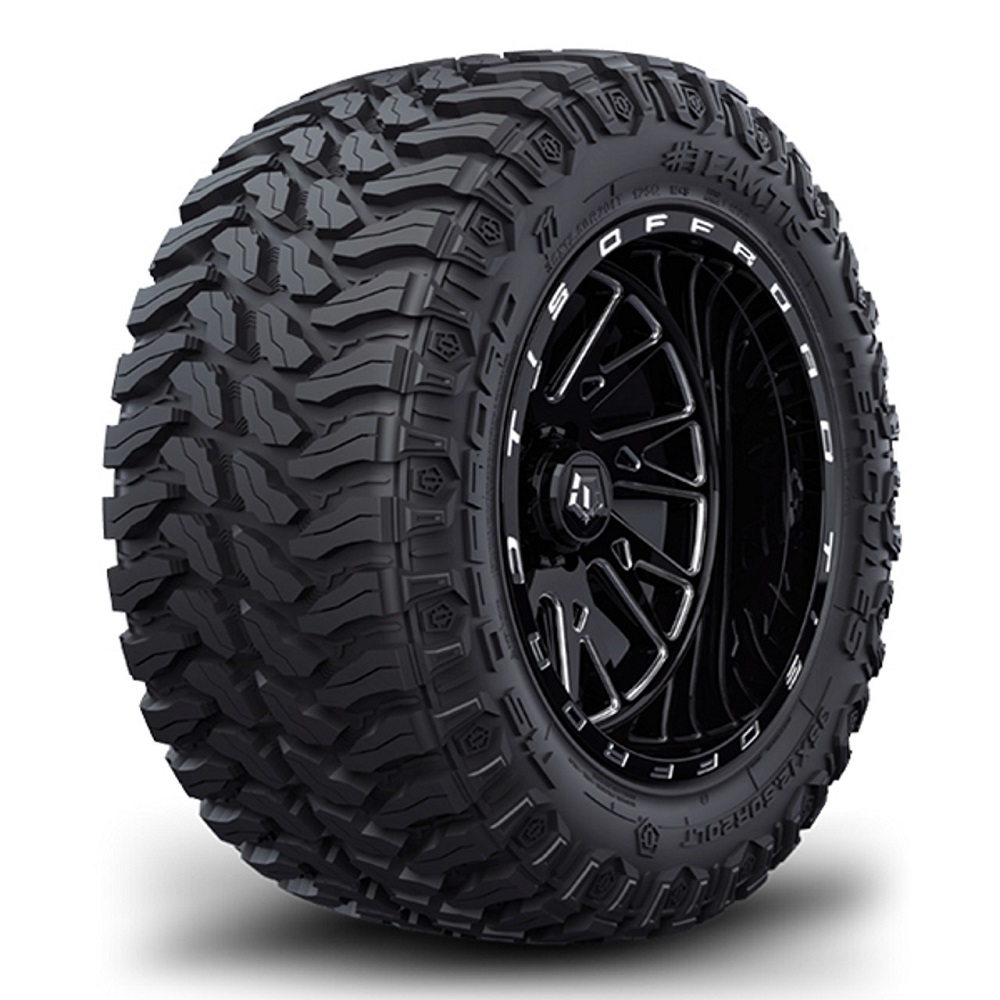
Professional Repair vs. Replacement
When to Repair
Determining when a tire can be repaired is crucial for safety and cost-effectiveness. Many tire punctures can be repaired if the damage is small and located within the tread area. Professional mechanics often utilize specialized tools to patch the puncture securely. Minor repairs typically preserve the tire’s structure and can extend the tire’s lifespan. Repairing rather than replacing a tire is often more economical and environmentally friendly. When addressing the screw situation, it’s important to consult an expert who can evaluate the tire and make the best recommendation.
When to Replace
On the other hand, some scenarios necessitate a complete tire replacement. For instance, if the puncture occurs in the sidewall or if the tire is showing significant wear, it may not be safe to repair. Additionally, if you have previously repaired the tire and it suffers another puncture, a replacement is usually advised. Continuing to drive on a compromised tire can lead to severe accidents and put both you and others at risk. It’s vital to assess the condition of your tires continuously to help maximize safety while driving.
Preventing Future Tire Damage
Regular Inspections
Preventing tire damage starts with regular inspections. Make it a habit to visually inspect your tires on a routine basis—before long trips and during regular maintenance checks. Look for signs of wear, cracks, or embedded debris such as nails or screws. Monitoring your tire pressure monthly is also important, as under-inflated tires are more susceptible to punctures. Ensuring that your tires are in good condition can significantly reduce the likelihood of encountering hazardous situations.
Understanding Your Driving Environment
Awareness of your driving environment can also help prevent tire damage. Roads with heavy construction or debris may pose a higher risk for punctures. Being cautious in known problem areas—and avoiding them when possible—contributes to better tire health. Choosing well-maintained roads when available can also reduce the chances of tire damage. Developing an understanding of where and how you drive can help you navigate more safely and protect your vehicle’s tires.
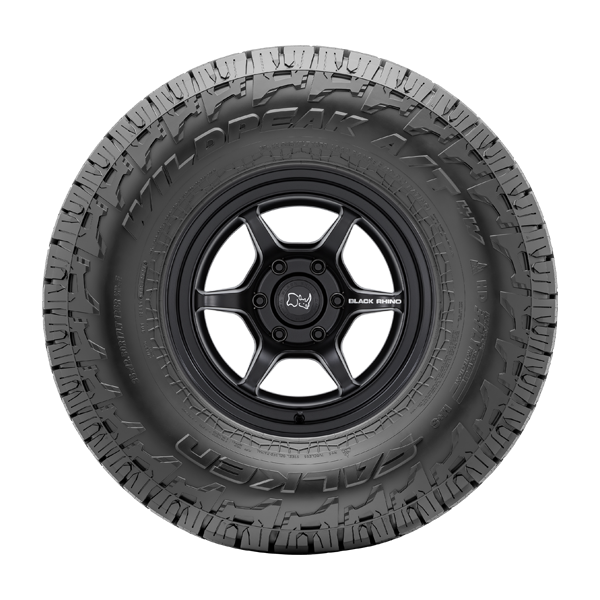
Seeking Professional Help
The Value of Expert Advice
If you find yourself frequently dealing with tire issues, or if you are unsure about how to handle problems like a screw in your tire, consulting a professional mechanic is invaluable. Experts can offer reliable assessments, addressing not only the immediate problem but also providing insights into tire care and appropriate replacement options. They can quickly determine whether your tire can be repaired or requires replacement, preventing further issues down the road. Many tire specialists offer free inspections and clear advice on tire maintenance, which can save you both time and money in the long run.
Building a Relationship with a Mechanic
Establishing a relationship with a trusted mechanic or tire specialist can be beneficial for your vehicle’s overall health. Regular visits can keep you informed about your vehicle’s condition and any upcoming maintenance needs. A reliable mechanic will remember past issues and will provide context and reassurance whenever you encounter problems. This proactive approach can enhance your driving experience and give you peace of mind, knowing that professional help is just a phone call away.
Conclusion: Proactive Measures for Tire Safety
In summary, finding a screw in your tire necessitates prompt action and a proactive approach to managing tire health. Understanding the causes and implications of such issues empowers you to navigate the situation effectively. While temporary fixes can help in emergencies, prioritizing proper repairs and maintenance will provide long-term benefits.
Incorporating a solid tire maintenance routine, adapting to seasonal changes, and seeking professional help when needed lays the foundation for a safer driving experience. Being vigilant about your tires’ condition, including recognizing the signs of damage from a screw in your tire, can lead to a significant reduction in risks associated with tire damage. Emphasizing both preventative care and timely responses ensures you can enjoy a smooth and confident ride, free from the stresses that often accompany unexpected tire issues. Remember that the health of your tires is paramount to your vehicle’s performance and your safety on the road. Stay informed, proactive, and prepared for any tire-related challenges that may arise.
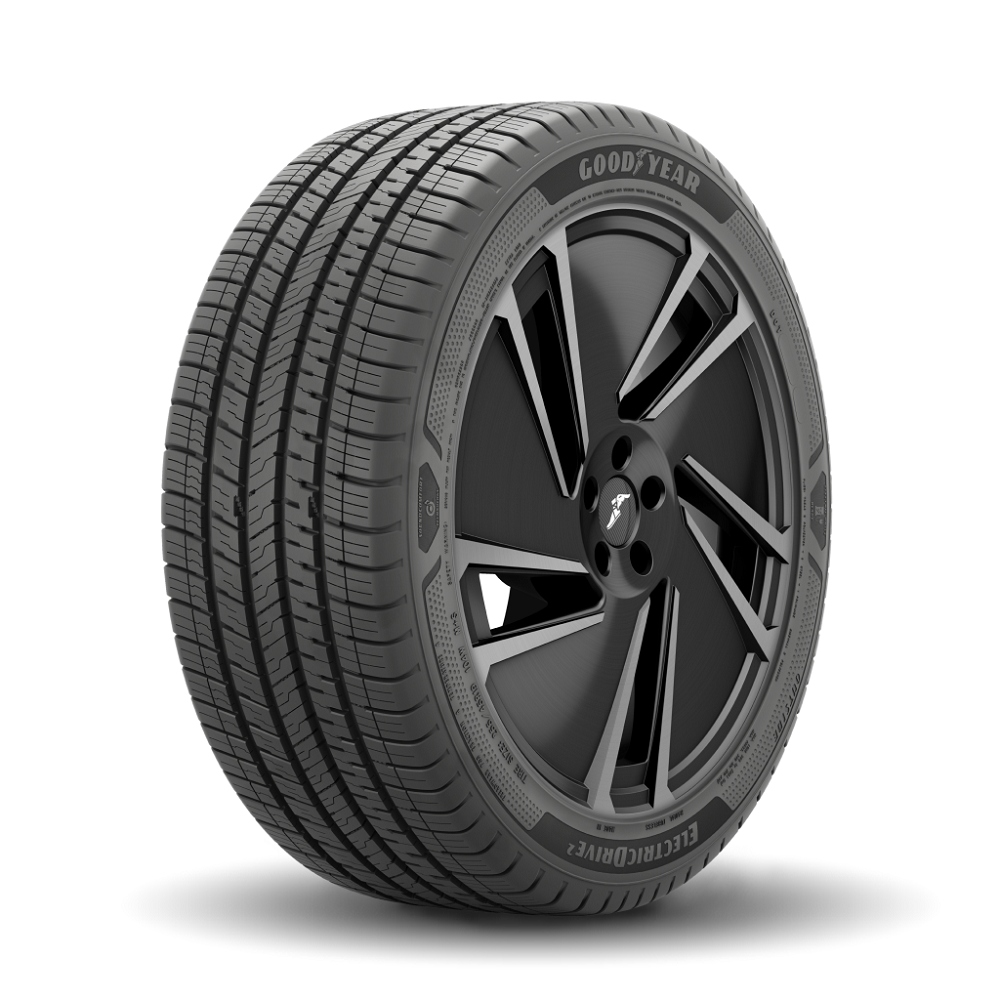
Leave a Reply